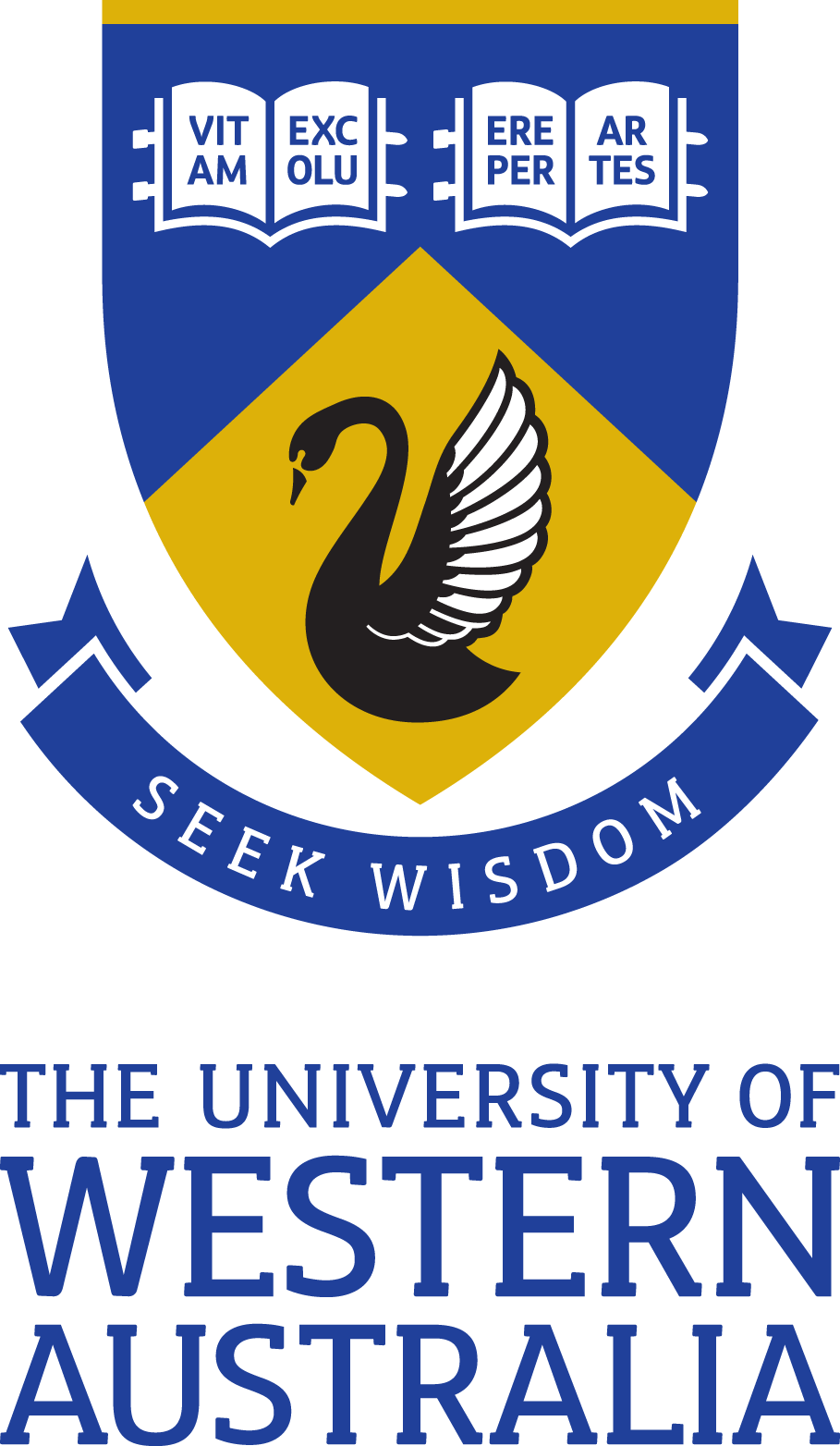Full description
Ectomycorrhizal (ECM) fungal communities covary with host plant communities along soil fertility gradients, yet it is unclear whether this reflects changes in host composition, fungal edaphic specialization or priority effects during fungal community establishment. We grew two co-occurring ECM plant species (to control for host identity) in soils collected along a 2-million-year chronosequence representing a strong soil fertility gradient and used soil manipulations to disentangle the effects of edaphic properties from those due to fungal inoculum. Ectomycorrhizal fungal community composition changed and richness declined with increasing soil age; these changes were linked to pedogenesis-driven shifts in edaphic properties, particularly pH and resin-exchangeable and organic phosphorus. However, when differences in inoculum potential or soil abiotic properties among soil ages were removed while host identity was held constant, differences in ECM fungal communities and richness among chronosequence stages disappeared. Our results show that ECM fungal communities strongly vary during long-term ecosystem development, even within the same hosts. However, these changes could not be attributed to short-term fungal edaphic specialization or differences in fungal inoculum (i.e. density and composition) alone. Rather, they must reflect longer-term ecosystem-level feedback between soil, vegetation and ECM fungi during pedogenesis.,Glasshouse OTUsAll OTUs found in roots from the glasshouse experiment. includes non-mycorrhizal, arbuscular mycorrhizal and ectomycorrhizalfield samples OTUsfield OTUs.csv,Notes
External OrganisationsCurtin University
Associated Persons
Michael Bunce (Creator); Dáithí C. Murray (Creator); Nicole E. White (Creator)
Michael Bunce (Creator); Dáithí C. Murray (Creator); Nicole E. White (Creator)
Issued: 2016-07-29
Subjects
Chronosequence |
Fungi |
ecosystem development |
ectomycorrhizas |
high-throughput sequencing (HTS) |
phosphorus |
User Contributed Tags
Login to tag this record with meaningful keywords to make it easier to discover
Identifiers
- DOI : 10.5061/DRYAD.KT38R

- global : fe3838d7-6de3-4c2a-8aa1-9f99b276c842


